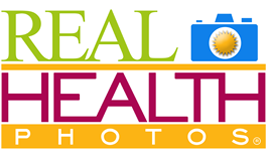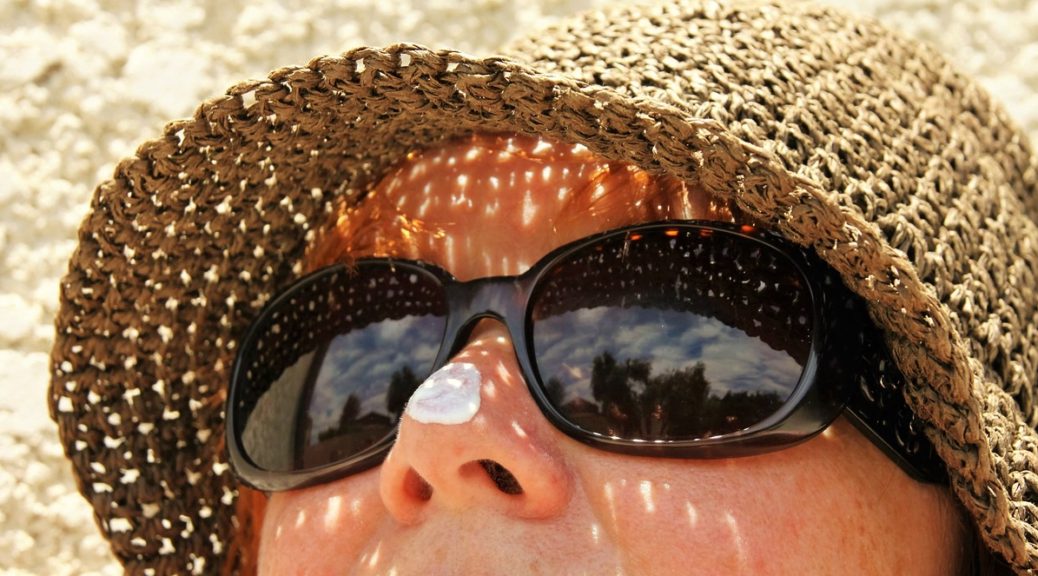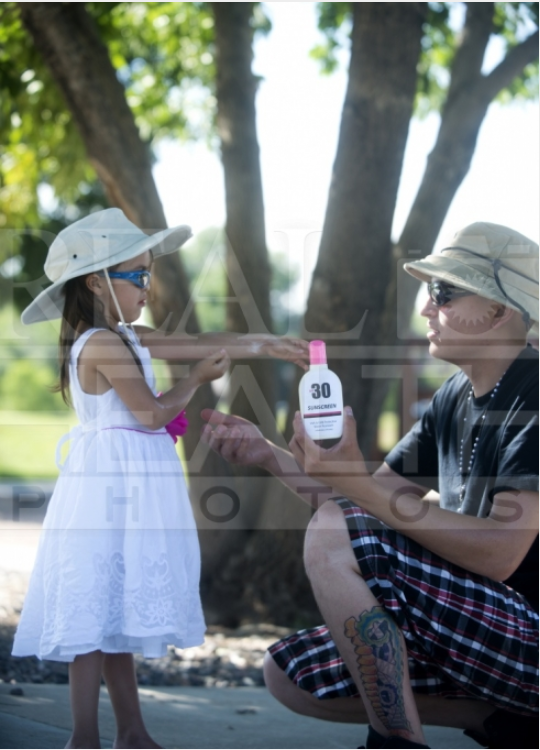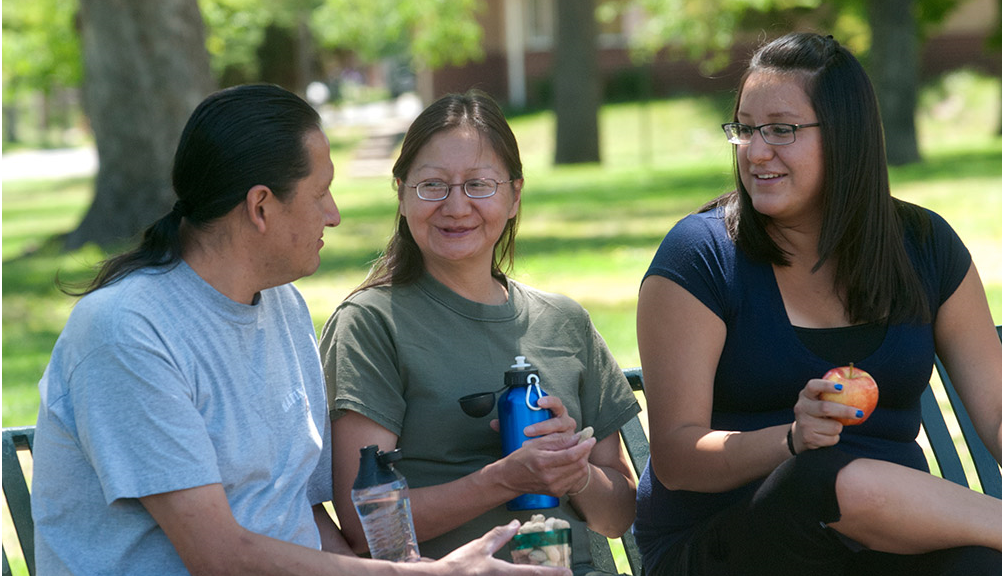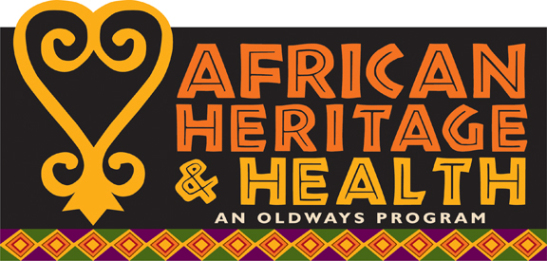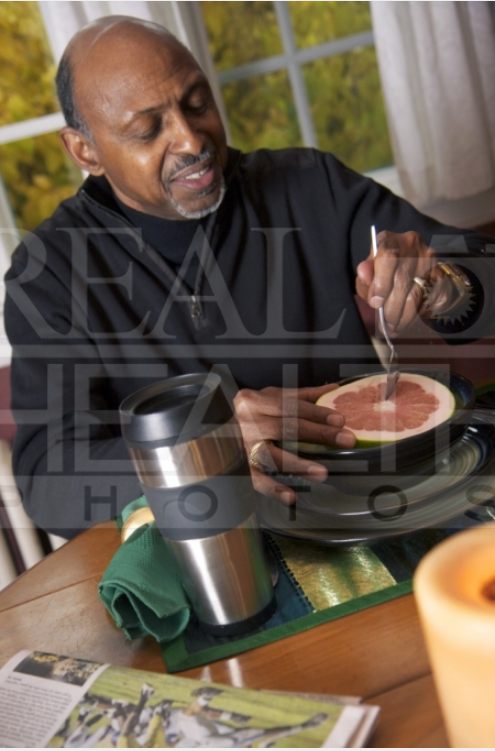In a recent e-publication in Health Education Research, Mary Buller, President of Klein Buendel, and her coauthors report the results of an evaluation using Real Health Photos in health communication messaging with three racial/ethnic populations (i.e., African Americans, Hispanics, and Native Americans). The study explored an approach to more effectively reach underserved populations with health messages using the homophily principal.
The homophily principle, that perceived similarities among people produce positive reactions, is a cross-cultural, global phenomenon. It is grounded in the power of identification. The study tested the prediction that photographs depicting models very similar to the target population would improve health communication by increasing perceived identification and increase the target populations’ intentions to change behavior in a favorable, more healthful direction.
To test the hypothesis, three nationally-representative stratified samples of adults (n=1,638) who were African American, Hispanic, or Native American were selected from a large national survey panel. Participants read an identical message promoting increased moderate to vigorous physical activity and decreased intake of high fat, high sugar, and high carbohydrate foods. Photographs from a commercial stock photograph service versus photographs created for the research project to match the three populations — from Real Health Photos®– were included in the messages. Participants responded to assessments of behavioral intentions, outcome and self-efficacy expectations, and identification.
Structural equation modeling confirmed the theoretical hypothesis that Real Health Photos which matched the minority population increased behavioral intentions and was mediated by identification in all three racial/ethnic minority samples. Messages with only half of the matched Real Health Photos images had these same positive indirect effects among African Americans and Hispanics. The impact of matching visual images in health messages to recipients derived from identification with the people in the images. Homophily and identification are hard-wired, evolutionary, biological phenomena that can be capitalized on by health educators with minority populations to improve message effectiveness.
Real Health Photos is a unique collection of images of people with diversity of age, gender, race, ethnicity, income level, and health condition. The collection was produced by Klein Buendel to portray the diversity of health through photography and promote the inclusion of all populations in health promotion materials and media.
The development of Real Health Photos and this research were funded by a Small Business Innovation Research grant from the National Institute of Minority Health and Health Disparities (MD003338; Mary Buller, Principal Investigator). Coauthors include Dr. Peter Andersen from San Diego State University, Dr. Michael Slater from The Ohio State University, Lyndsay Fluharty from Telligen, Inc., Dr. Kim Henry from Colorado State University, and Dr. Erwin Bettinghaus, Xia (Lucia) Liu, Steven Fullmer, and Dr. David Buller from Klein Buendel. Many of the Real Health Photos used in this study were taken by Delia Palmisano from Blue House Photography in Denver, Colorado.
